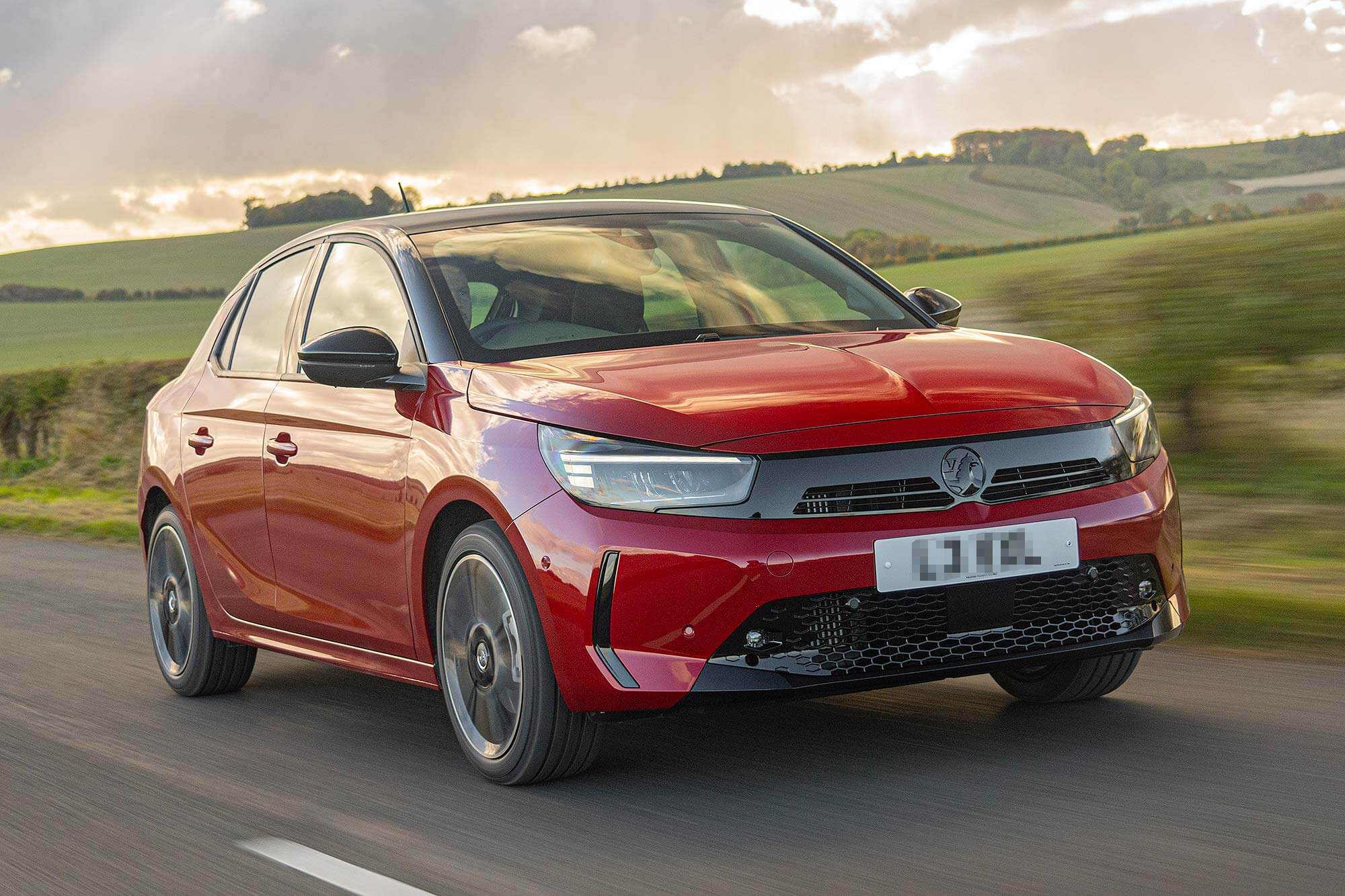The number of smart motorways in the UK is increasing. As of Autumn 2019 there were already 20 sections of road operating smart motorway schemes with several others under construction or due to start soon.
The first smart motorway opened on a section of the M42 in 2006. Statistics from Highways England show that journey reliability has improved by 22% on this road and the number of accidents involving severe injuries has reduced. However, smart motorways have hit the news recently as many drivers are still unsure of the rules surrounding them which can lead to avoidable accidents occurring. So in this article, we take a look at the types of smart motorway plus tips should you find yourself driving on one.
What is a smart motorway?
A smart motorway is a stretch of motorway that uses various methods, such as using the hard shoulder as an active traffic lane and variable speed limits, to ease congestion and maximise motorway capacity. There are three main types of smart motorway schemes currently operating in the UK. These are ‘All-Lane Running’ schemes, ‘Controlled Motorways’ and ‘Dynamic Hard Shoulder Running’ schemes.
All-Lane Running
All-Lane Running smart motorways permanently use the hard shoulder as an active traffic lane to ease congestion. The hard shoulder would only be closed to traffic if an incident has occurred which requires emergency vehicles to have exclusive access to the hard shoulder. If this happens, a sign displaying a red X will be visible above the hard shoulder and you should exit the lane as soon as it is safe to do so. It is dangerous to remain in this lane even if you can’t see an obstruction as you may be restricting the access of emergency vehicles attending the scene.
If there’s an emergency and you need to pull over, you will find emergency refuge areas (or ERA’s) positioned at regular intervals along the road giving you a safe place to stop.
Controlled Motorways
These motorways have lanes with variable speed limits but the hard shoulder is not used as an active traffic lane. On Controlled Motorways, the hard shoulder must only be used in an emergency. Electronic signs on the motorway gantry will indicate the current speed limit on that stretch of road. These speed limits are monitored by speed cameras, Highways England has confirmed that these speed cameras accommodate for drivers reducing their speed in a sensible way should the speed limit change. However, it is still crucial that you remain alert so that you can adapt to these changes and avoid penalties or fines. If no speed limit signs are visible at all, then the national speed limit will apply.
Dynamic Hard Shoulder Running
These schemes allow the hard shoulder to be used as an active traffic lane at particularly busy times. If you’re unsure of which area of the motorway is the hard shoulder, it is indicated by a solid white line painted on the road which distinguishes and separates it from the normal motorway lanes. A sign on the gantry will indicate whether the hard shoulder is open as a normal lane or not. The hard shoulder is not open for normal traffic if the signs over it are blank or show a red X. You could receive a fixed penalty of up to £100 and 3 points for driving on the hard shoulder when it is marked with a red X. Dynamic Hard Shoulder Running motorways also operate with variable speed limits so it is important to look out for signs making drivers aware of speed limit changes.
Tips for driving on smart motorways
Driving on smart motorways is similar to driving on regular motorways. However, there are extra alerts to be mindful of on smart motorways. It is important to remember never to drive in a lane marked by a red X and always keep within the variable speed limits. Look out for solid white lines marking the hard shoulder which you should not drive on unless indicated otherwise.
Related Articles
Motorway driving tips: how to make swift progress as smoothly as possible
![]()





